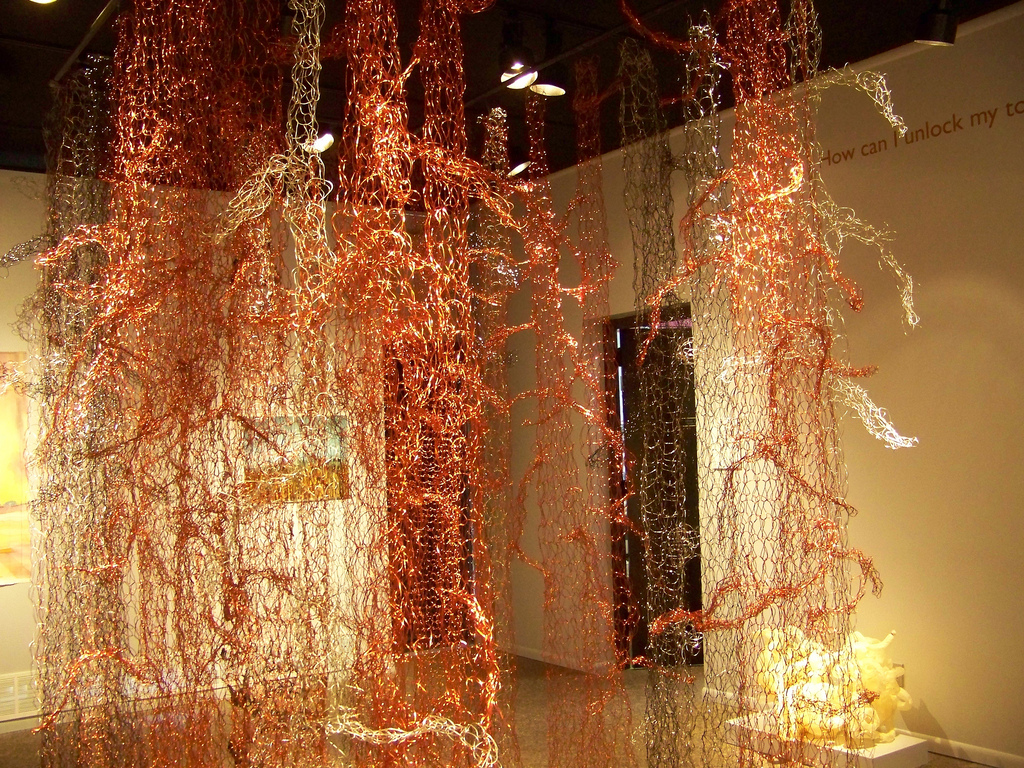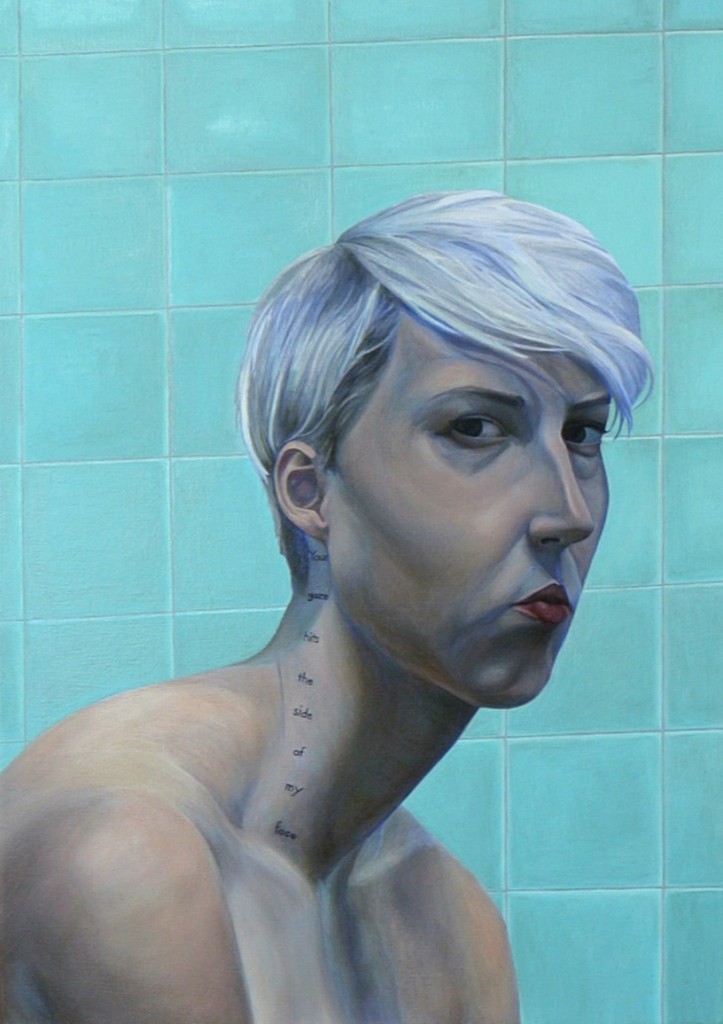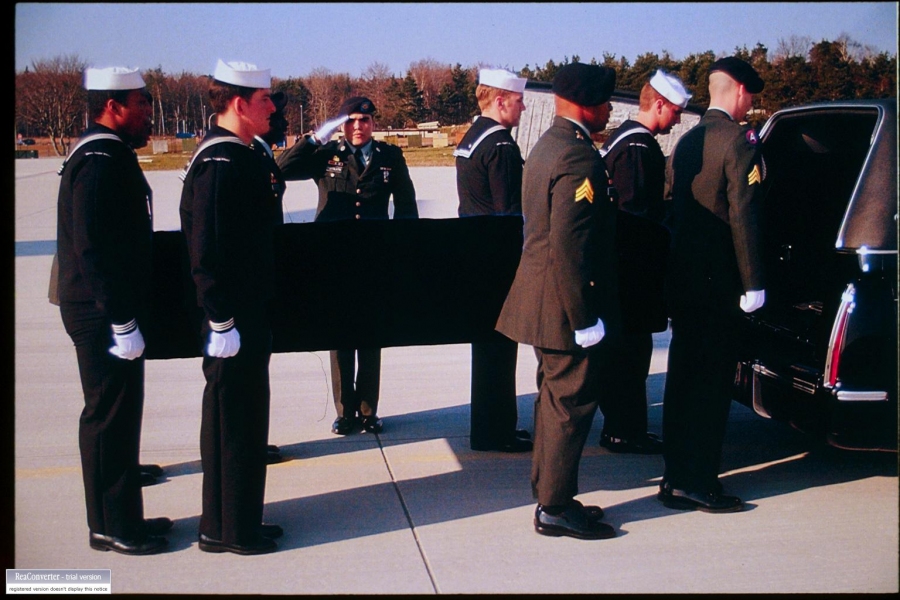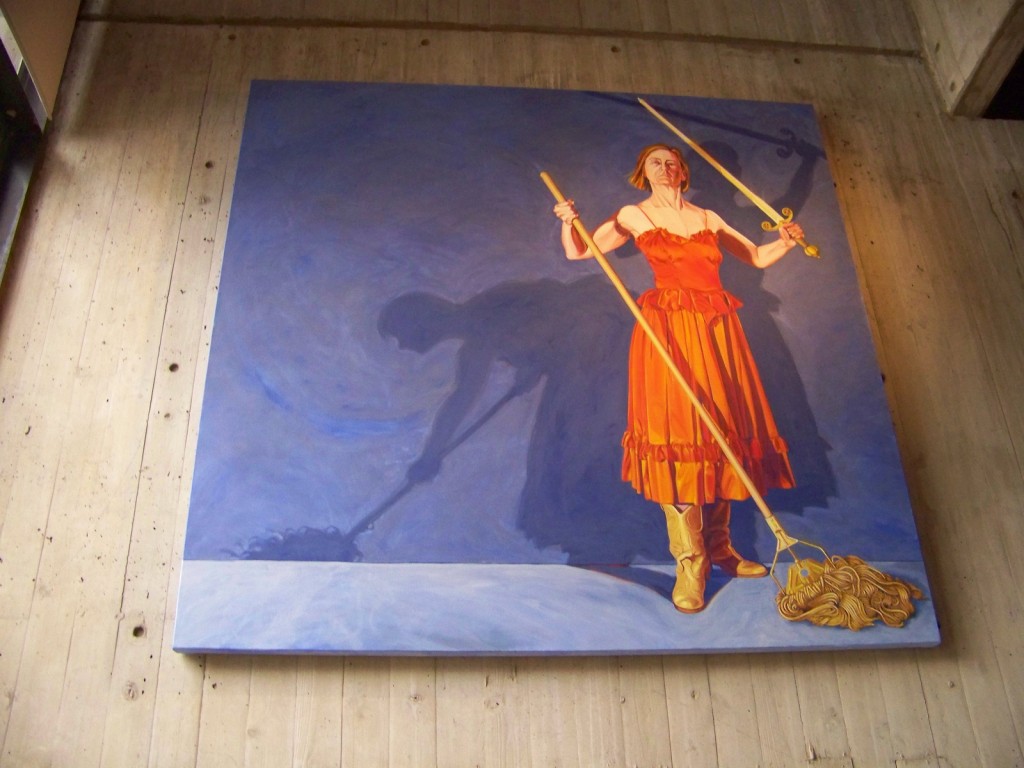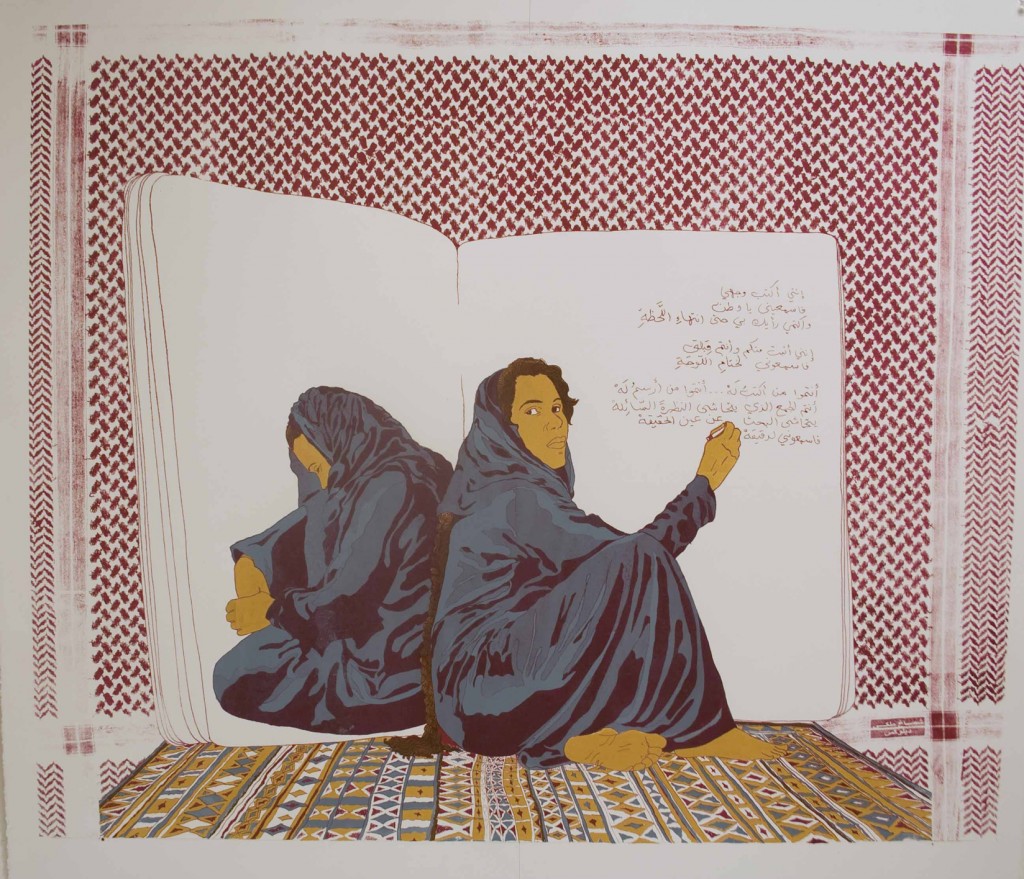
How to be a feminist artist
Women’s Art Institute is celebrating 14 years of artists’ collaborations and workshops with an exhibition and book of interviews, both titled “How to Be A Feminist Artist.” Since 1999, Patricia Olson and Elizabeth Erickson, artists and educators at St. Catherine University and Minneapolis College of Art and Design respectively, have offered an annual four-week, intensive summer studio program for artists at all points in their careers. The institute’s activities are geared, in part, toward professional development — rigorous studio practice and individual tutoring, critique and audience development. But the program is equally committed to offering a space for artists to have conversations about more personal issues and concerns they grapple with as women working in contemporary art, struggling to situate their own practices in the wider realms of community, cultural and political history and theory.
Each cohort begins its month-long session with a few days brainstorming questions for contemplation, about making art and being artists, after which participants settle on the seven principal questions that will serve to guide the group’s conversations in their weeks together.
Carolyn Halliday, installation view. Photo by the author
The exhibition now up at St. Kate’s, “How to Be a Feminist Artist,” is oriented around what director Patricia Olson calls “seven uber-questions” whose variants seem to show up year after year in the program:
- How do I keep working in the studio, using my artistic skills and materials to express my intentions?
- How can I unlock my toolbox and truly express my authentic creative voice?
- Who is my audience, and what do I want to show them? What does success look like for me?
- Where can I find a supportive community? How can I support others?
- What does it mean to have a woman’s body and make art? Is the gender question over or just beginning?
- Is feminism a conscious practice that I bring to my art? Do I have a responsibility to historical and contemporary women’s art?
- What is good, bad or beautiful? Who decides? Who cares?
Anna Garski, “Your Gaze Hits the Side of My Face.” Photo by the author
The work on view runs the gamut of mediums: fiber art, screenprinting, performance art, video, painting, sculpture, artists’ books and installation. The 11 artists included in the show range in age from 24 to 57: Hend al-Mansour, Rachel Breen, Kat Corrigan, Nicole Drilling, Camille Gage, Carolyn Halliday, Sarah Kass, Laurie Phillips, Karen Wilcox, Anna Garski and Paige Tighe. (All of the artists are currently based in the Twin Cities except the final two, Garski and Tighe, who now reside in California.)
Camille Gage, from the “War, Redacted” series. Photo courtesy of the artist
The “feminisms” on view in these works are as various as the media, even as they circle back to those central “uber-questions.” Some concern themselves with the body, the carnal experience of contemporary womanhood — that tangle of blood, skin, sexuality and power play that comes with moving through the world in female form. Others wade into the thicket of gendered codes embedded in cultural rules about “appropriate” dress, speech and interpersonal engagement. A few play on the notion of “women’s work” with clever use of stitchery, or subversive images of domestic labor. A number of artists tackle painful personal issues at the intersection of family and community, politics and war.
I ask Olson if she’s noticed cultural shifts in the concerns raised by participants in the institute’s summer program over the years. “In the ’90s, no one wanted to call themselves a ‘feminist’ anymore,” she says. “The idea of being labeled part of a movement seemed to be falling out of favor” — as if equality under the law were a settled issue and such overt identification with activism had become passé. But she’s noticed in recent years a resurgent interest in unpacking, and owning, that activist language. She says, especially among younger artists, there’s an interest in reclaiming a sense of history, a place in a celebrated art historical lineage of women artists. “There’s a renewed interest in looking closely at what ‘feminism’ means in contemporary art and culture — where we are and where we still need to go.”
Patricia Olson, “Feminist Revisioning,” installation view. Photo by the author
“How to Be a Feminist Artist: Investigations from the Women’s Art Institute” will be on view through March 23 in the Catherine G. Murphy Gallery of St. Catherine University, 2004 Randolph Ave., St. Paul. Patricia Olson and Elizabeth Erickson will read excerpts from their book-in-progress at a reading Wednesday, March 12 at 7 p.m.
The Women’s Art Institute is taking applications for the June 2014 season of the program through April. Find more about the Women’s Art Institute and details about the exhibition, including gallery hours and more about each of the show’s participating artists, at www.stkate.edu/gallery.
Recent Content
-
Artsarticle ·
-
Artsarticle ·
-
Artsarticle ·
